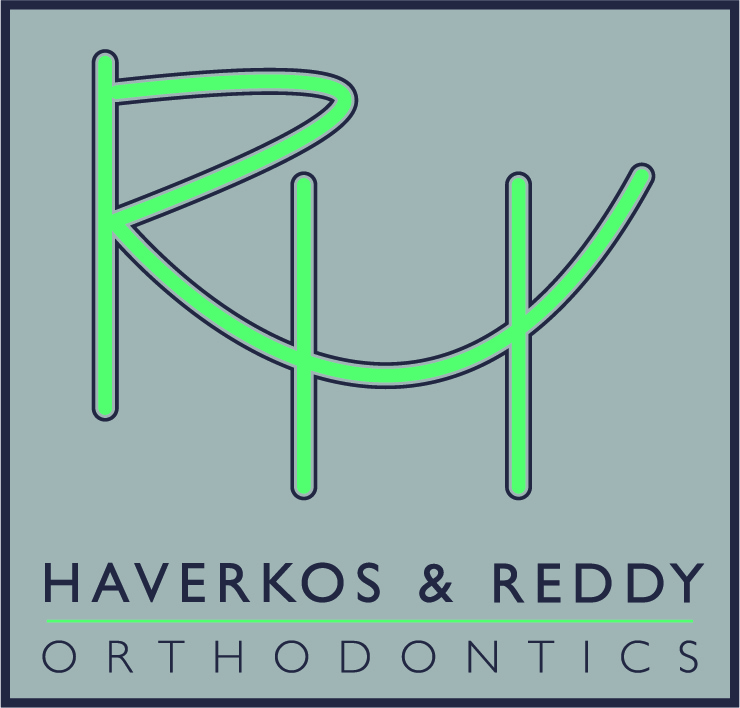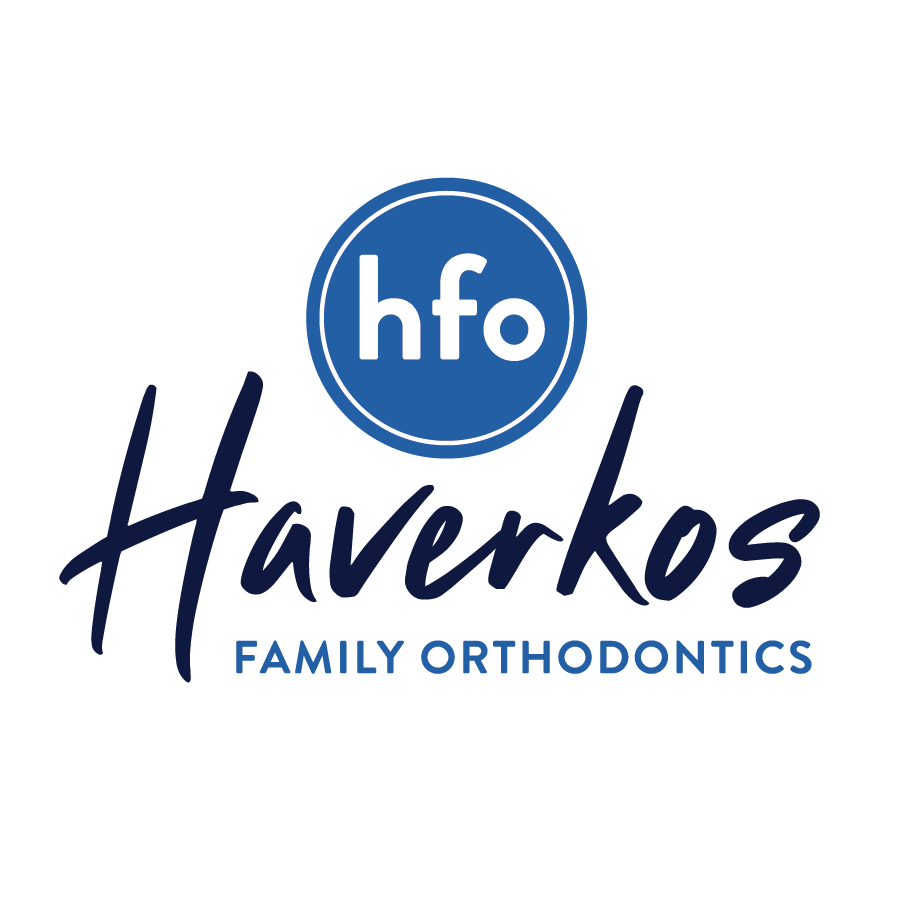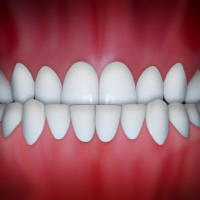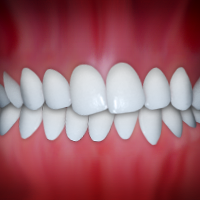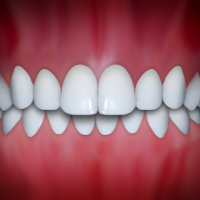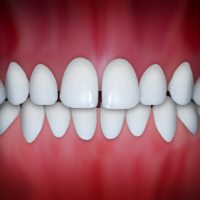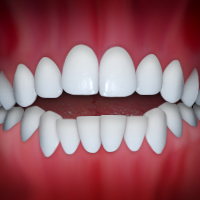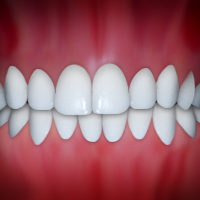Adolescent Treatment
For many teens, braces are one more example of the changes adolescents they go through during this stage. But is there any particular reason why orthodontic appliances and teenagers seem to go together? In a word: Yes.
Adolescence is the optimal time for orthodontic treatment, though sometimes even earlier intervention is called for. Generally, by the age of 11-13 the deciduous (baby) teeth have been lost, and the permanent ones have mostly come in.
Orthodontic problems don’t improve with age, they only become more difficult to treat. During adolescence, the body is still developing, making it easier to treat many orthodontic problems. If treated during adolescence, we can create an improved appearance and function in a short period of time. In adulthood, when the bones of the face and jaw are fully developed and many conditions become more difficult (and costly) to treat.
The Orthodontic Treatment Process
What should you expect from our office when it comes to treatment? It all depends on what kind of treatment you need. The first time you come in, we will take photos and radiographic (X-ray) images of your mouth, and possibly make a model of your bite. Then, we’ll develop a custom treatment plan. Here are some of the most commonly used orthodontic appliances:
Metal Braces need no introduction. But you might be surprised to find they’re smaller and lighter than ever. They may even offer some customized options, like colored elastic ties on the brackets.
Clear Braces are brackets made of ceramic or composite materials that blend in with your teeth, making them more discrete.
Clear Aligners for teens involve a series of removable, clear plastic trays that gradually straighten teeth as they’re worn (for 22 hours per day). These aligners are virtually invisible.
Lingual Braces offer one of the most unnoticeable forms of orthodontic treatment because they are attached to the back (tongue side) of the teeth.
Other orthodontic appliances may be recommended depending on the individual needs of the patient. For example, a case where a major tooth or jaw movement is needed.
How Long Will I Wear Them?
This completely depends on your individual treatment plan and the steps required to achieve your perfect smile. Generally, however, the active stage of orthodontic treatment lasts 6-30 months. Following the active treatment, you will wear a retainer for another period of months in order to prevent your teeth from shifting back to their original position.
